Many places are associated with good food, its smell and taste. Of course, good food also implies a good drink. I wrote about the traditional dishes you should taste during your visit to Madeira in the previous article: What to taste in Madeira?
In this article, I will introduce Madeira drinks:
(1) Madeira Wine
A clear representative of the island’s image is its dessert fortified wine, unique in its taste and production method. Interestingly, the manufacturing process was discovered by accident. In the 16th century, Madeira was a regular port for ships sailing to the New World or the East Indies. Here, sailors also loaded wine onto ships. Then, as they floated through the equatorial regions, the wine warmed up and the subsequent cooling changed its taste. Since not all of the wine was sold, the producers noticed this change and when customers began to prefer this changed taste, they sent the wine on ships on purpose and labelled it vinho da roda (wine that made the return trip). However, ageing wine on long sea voyages was very expensive, so other methods began to be developed directly on the island. Even today, Madeira wine is produced in tanks heated to 45°C (estufagem method) or the room where huge wine barrels are stored is heated or it is stored in rooms where temperature fluctuations occur.

Wine is delivered to the market at least three years old, but usually much older. This wine experienced its greatest fame in the 18th century, when its popularity spread all over the world and it was even drunk at the signing of the Declaration of Independence of the United States in 1776. Not only Thomas Jefferson but also other American presidents were fans of Madeira wine, which together with walnuts had been served as the last course at parties.
Today, we can find four types in Madeira: Sercial – light and dry wine (suitable as an aperitif), Verdelho – semi-dry (for food), Boal/Bual – darker, semi-sweet (for cheese and desserts) and Malvasia – very sweet and dark (after dinner).
The most famous producer that also offers tasting is Blandy’s. Currently, the 7th generation of this family produces famous wine using the traditional canteiro method – the wine matures in a room heated only by the island’s warm climate.


John Blandy came to Madeira from England because of his health problems in 1808. He saw many vineyards on the island and felt a good business. He founded the company in 1811 in a building that used to be a prison (there are still bars on some of the windows), later a hospital and then a Franciscan monastery. When religious orders were abolished in Portugal, part of the monastery was destroyed. In 1840, the building was acquired by the Blandy family.

It now has a museum, where you can see, for example, more than a century-old barrels or a historic wine press from the 18th century.

The tasting takes place in a room with walls painted by the German painter Max Römer with various scenes from the cultivation and processing of grapes.


We tasted 3 wines, I liked 5-year-old Bual the best. When you buy wine at Blandy’s, you don’t have to lug the bottles around the island all the time, but you can pick them up right at the airport before your flight.
More information: Blandy´s

Currently, 9 companies are producing Madeira wine in Madeira. 70 % is exported. The second company we visited is H.M. Borges, and although it is one of the smallest, it also produces high-quality wines using the traditional canteiro method. By the way, this name is after the beams that support the oak barrels.

The company was founded in 1877 by Henriques Menezes Borges, the current manager Mrs. Melissa Castro represents the 4th generation of this family business. Originally located near the Funchal market, today they are in a historic building from the end of the 19th century in the city. The company does not have its vineyards, but buys grapes, placing great emphasis on its quality.
A guided tour is also possible in this company. We were invited to a tasting – in a room that is also decorated with paintings by Max Römer. This painter moved to Madeira in 1922 when doctors advised his sick wife to change the climate.


We tasted up to 5 different wines, differing in colour and taste. My favorites were Sercial 1993 and Boal 15 – a medium sweet wine, aged for 15 years in oak casks.


And how do you recognize quality Madeira wine? You first have to hold the wine in your mouth for a while, then swallow and wait for the new saliva to form in your mouth. The longer it takes, the better the wine.
More information: H. M. Borges

(2) Traditional wines are also produced in Madeira, although this is only 5% of the total wine production. There are not many producers, but these more and more believe that they can produce quality wines, and their products prove it. The vines here are grown horizontally, this method is called “latada”. The grapes are tied to the same height as the house. The resulting “roof” allows better access for grape pickers and at the same time protects them from the sun. Potatoes and other vegetables are grown under this natural roof. Popular are the white Verdelho and the red Touriga National and Aragonéz. These wines are rarely exported.

To taste such wine, we made a trip to the northern coast, to São Vicente, one of the greenest parts of the island – to the Quinta do Barbusano winery.
Of the 6 wines (white, rose and red) presented during the tasting, I liked the Aragonéz 2020 red wine the most – a single-variety wine made from a selection of Aragonéz grapes.

Visiting this place was one of the most beautiful and authentic experiences in Madeira for me. You can read more about it in a separate article: Wine tasting in São Vicente

Extra tip: An excellent opportunity to get to know and taste wines from Madeira producers is the annual Madeira Wine Lounge festival in September at the Praça do Povo square on the waterfront in Funchal, where visitors can enjoy wines and gastronomic specialities to the sounds of regional music.
(3) The Poncha is also one of the symbols of Madeira. It was already popular in the 19th century, but only in 2014 it was granted the protected geographical indication of origin “Poncha da Madeira”. It is said that fishermen from the village of Câmara de Lobos, who went out at night to look for the most famous blackfish – Espada, were responsible for the discovery of this drink. When it was cold at sea at night, they warmed up with this warm drink, made from Madeira white rum, honey and lemon juice. According to another legend, sailors are responsible for this invention. When sea voyages were organized, lemons could not be missing on the ships as a prevention against scurvy. For lemons to last the long voyages, sailors soaked them in brandy made from sugar cane and molasses.
Even today, poncha is recommended by locals as a remedy for flu and colds. The traditional Poncha Pescador is made from white rum, honey and lemon juice. The version with orange juice is also tasty, and I liked the passion fruit poncha.

In every bar on the island, you will see large jugs on the counter in which poncha is mixed with a special wooden tool, which the Madeirans call caralhinho.

(4) Madeira Rum – Dom Henrique of Portugal, Duke of Viseu, (also known as Prince Henry the Navigator) greatly supported Portuguese discovery expeditions, although he never sailed anywhere. It was he who decided on the cultivation of sugar cane in Madeira. The island had very good conditions for this. The first plantation was established as early as 1425 and Funchal soon became a cosmopolitan city – traders from all over the world came here. In 1500, Madeira was the largest exporter of sugar in the world! This sugar was considered to be of the highest quality. Flemish merchants even exchanged it for precious works of art. In the second half of the 16th century, however, production began to decline, as the cane was affected by diseases and at the same time competition from new production areas intensified. Sugar factories gradually disappeared. Today, cane is still grown, but is used only for the production of rum and honey.

You can get acquainted with the production of rum in one of the oldest rum factories on the island – Engenhos do Norte, established in 1927 in the city of Porto da Cruz.


It is the last factory in Europe where steam engines are still used. They work 3-5 months a year, the rest of the time the premises serve as a museum, where visitors can learn more about the production history and, of course, taste the famous Madeira rum. Honey-brown fine rum is drunk as a digestif, white rum is added to the poncha drink, and rum is also an important ingredient for typical Madeiran cakes.

(5) The brewery was founded in Madeira in 1872. The local light beer is called Coral. However, if you want to taste something more exotic, then I recommend the Nikita drink, which is a combination of beer and vanilla ice cream with pieces of pineapple!

(6) Tea is called chá in Madeira. You will find a rich selection of excellent teas at the Loja do Chá teahouse in Funchal – 200 different teas and infusions with unique and distinctive tastes and aromas.

Here, we had a cup of tea with delicious cheesecake as part of the Food on Foot tour, which I recommend to everyone who wants to learn more about Madeira’s culinary specialities (and taste them), but also about the history of the island. There are several tours with tasting of traditional dishes, usually accompanied by regional drinks or Portuguese wines.
More information: Food on Foot
More about the tea house: Loja do Chá
(7) Coffee is also very popular in Madeira. Madeirans don’t drink it in the morning at home for breakfast, but on the way to work, they stop for a cup of coffee and a chat with colleagues or friends. In Madeira, they mainly drink bica – espresso in a small cup, chino – without milk in a teacup, garoto – coffee with a little milk in a small cup or chinesa – coffee with milk in a large cup.
The prices were very surprising (September 2023)!

(8) If you prefer soft drinks, be sure to try fresh fruit juices. Madeira is a paradise for fruit lovers, including tropical ones. Fruit juices are prepared in jars similar to poncha. But I also liked Brisa lemonade, especially the passion fruit one, whether in a bottle or a can.

Cheers! – Saúde!
For more information about Madeira: visit Madeira
Text: © Copyright Ingrid, Travelpotpourri
Fotos: © Copyright Ingrid, Travelpotpourri
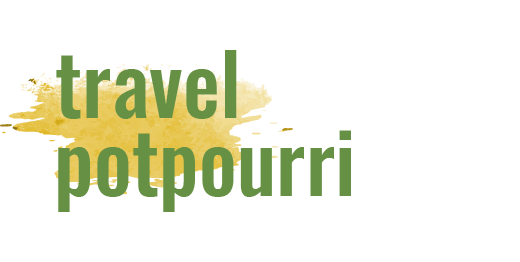
 TRAVEL
TRAVEL

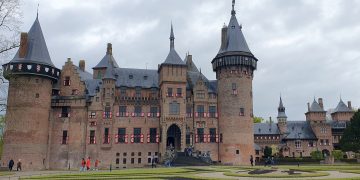
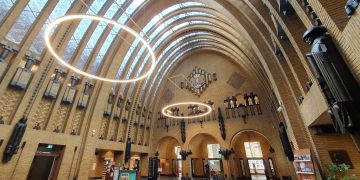
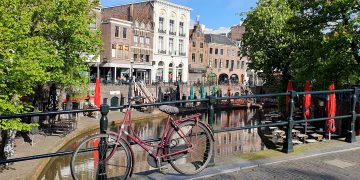


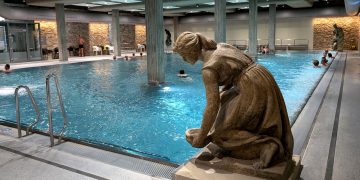

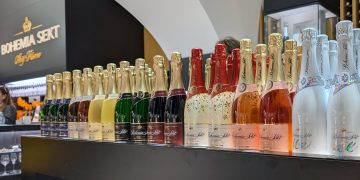
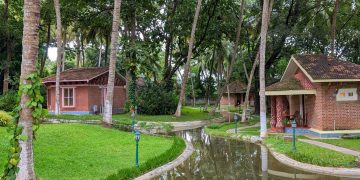
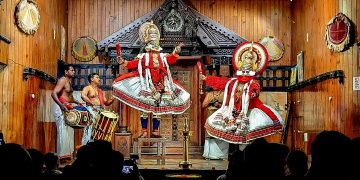
 RECIPES WITH A STORY
RECIPES WITH A STORY
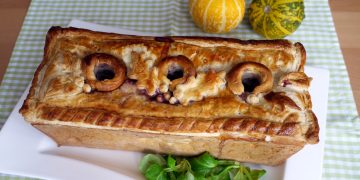
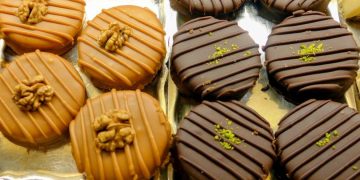
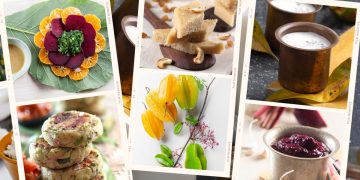

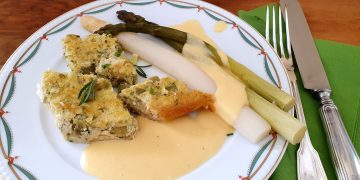
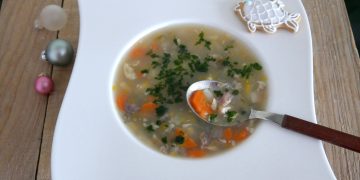

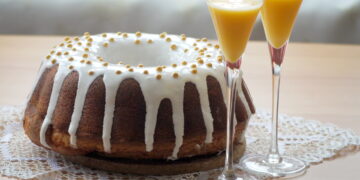
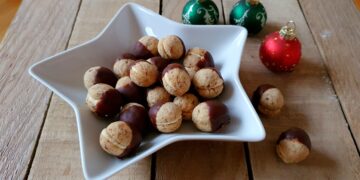
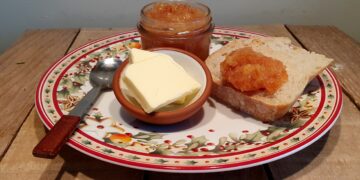
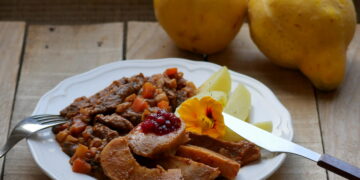
 AUSTRIA-VIENNA
AUSTRIA-VIENNA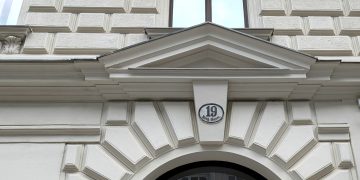
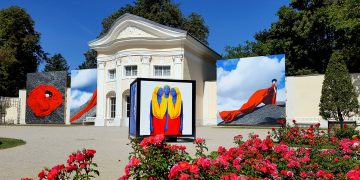
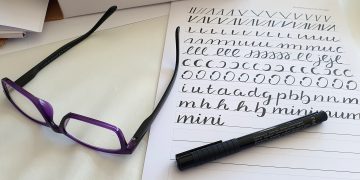
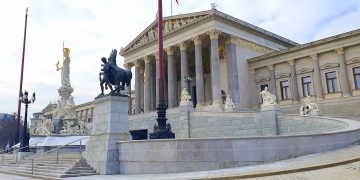
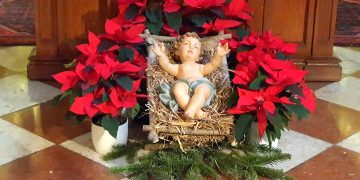
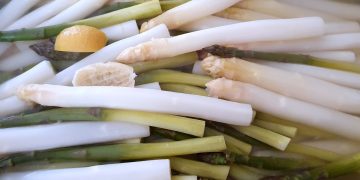
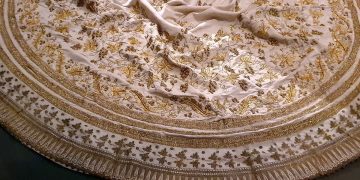
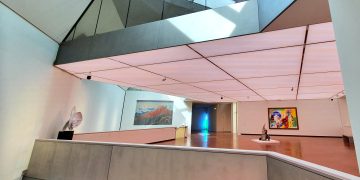
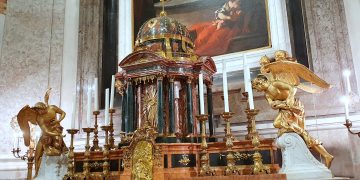
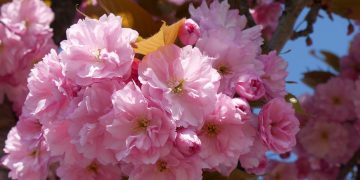
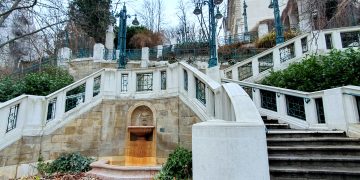

 SLOVAKIA-BRATISLAVA
SLOVAKIA-BRATISLAVA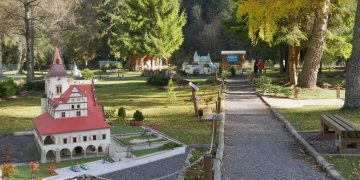
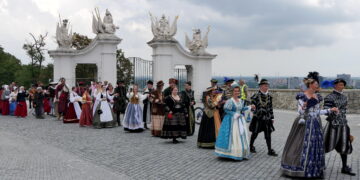

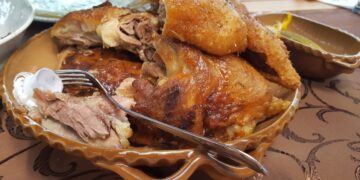
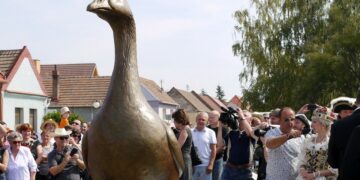
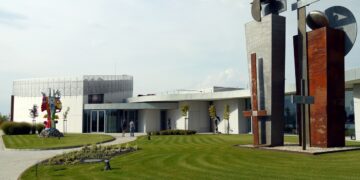
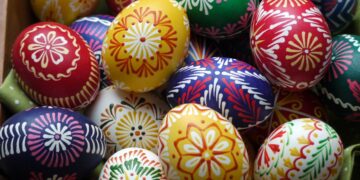

 EVENTS
EVENTS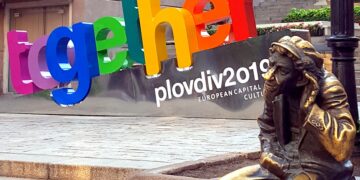
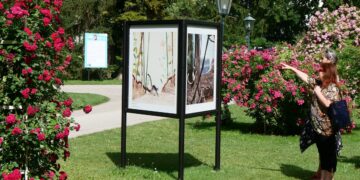

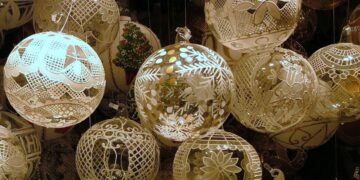

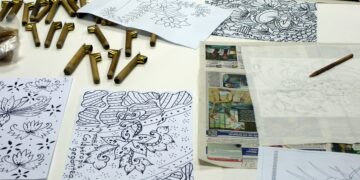
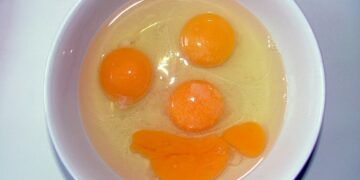
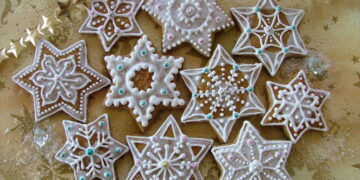
 INTERVIEWS
INTERVIEWS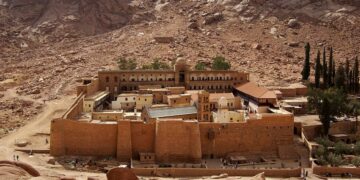

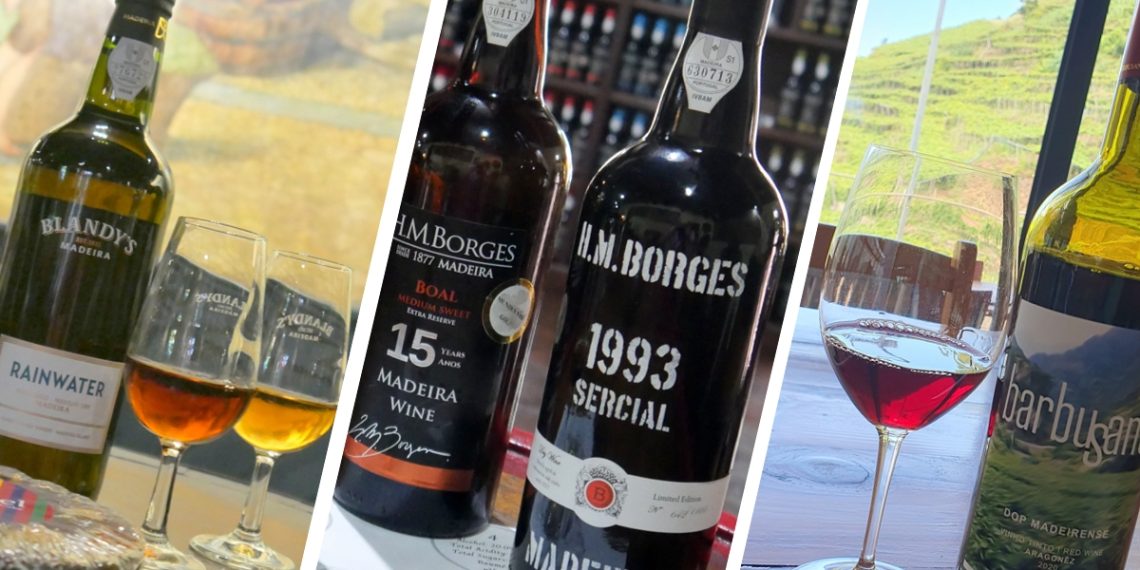





 What to Taste in Madeira?
What to Taste in Madeira? At the Lettering Workshop
At the Lettering Workshop

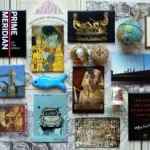





 Find some tips on
Find some tips on 



